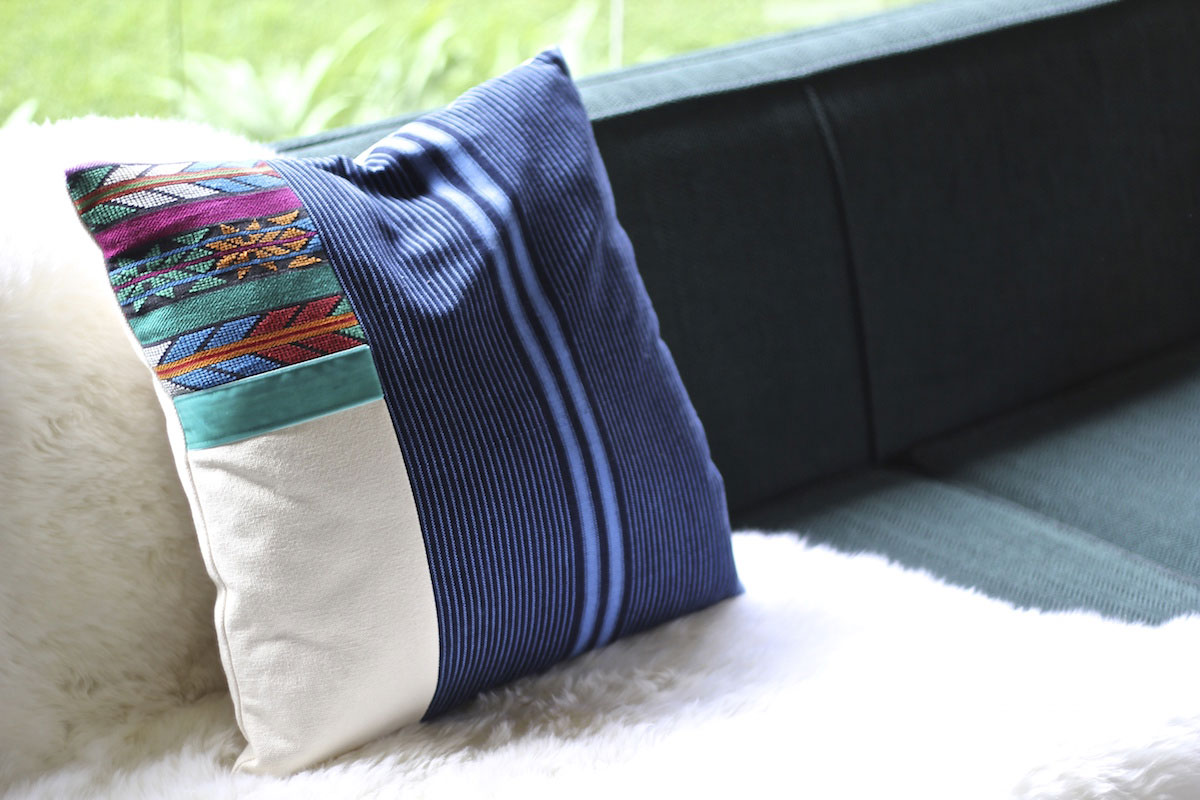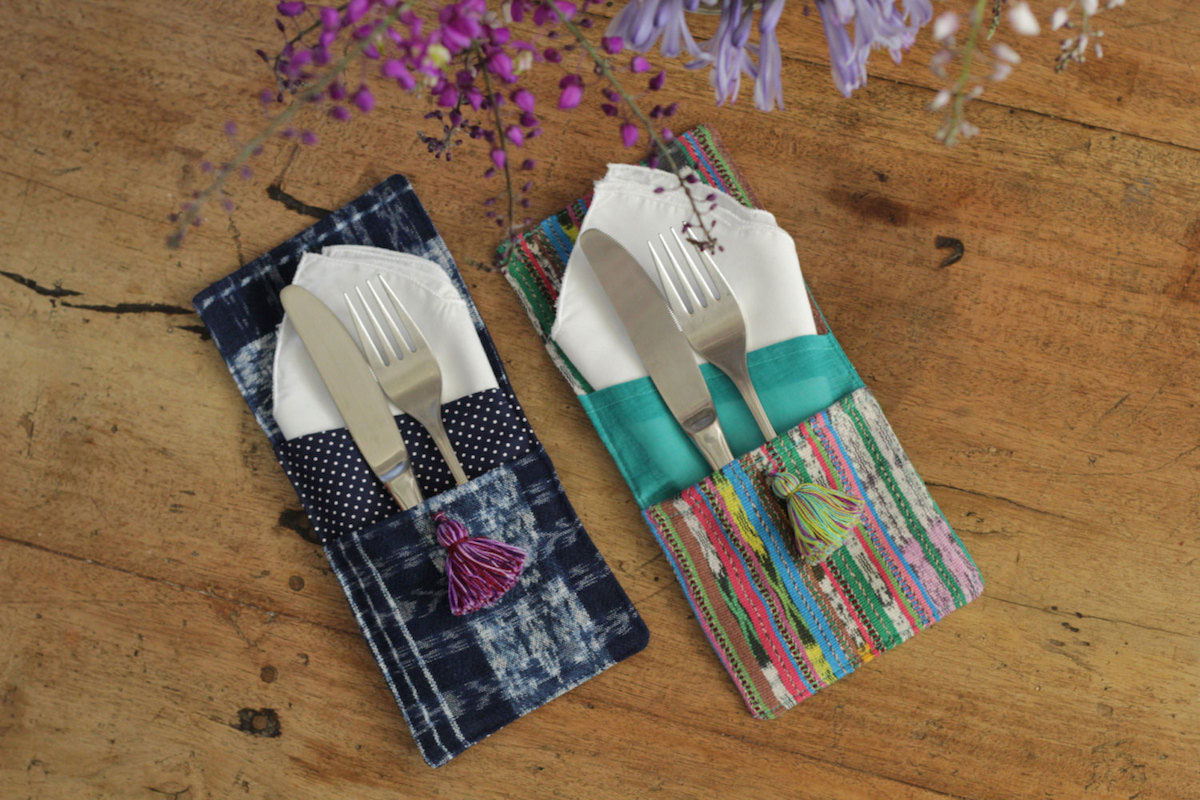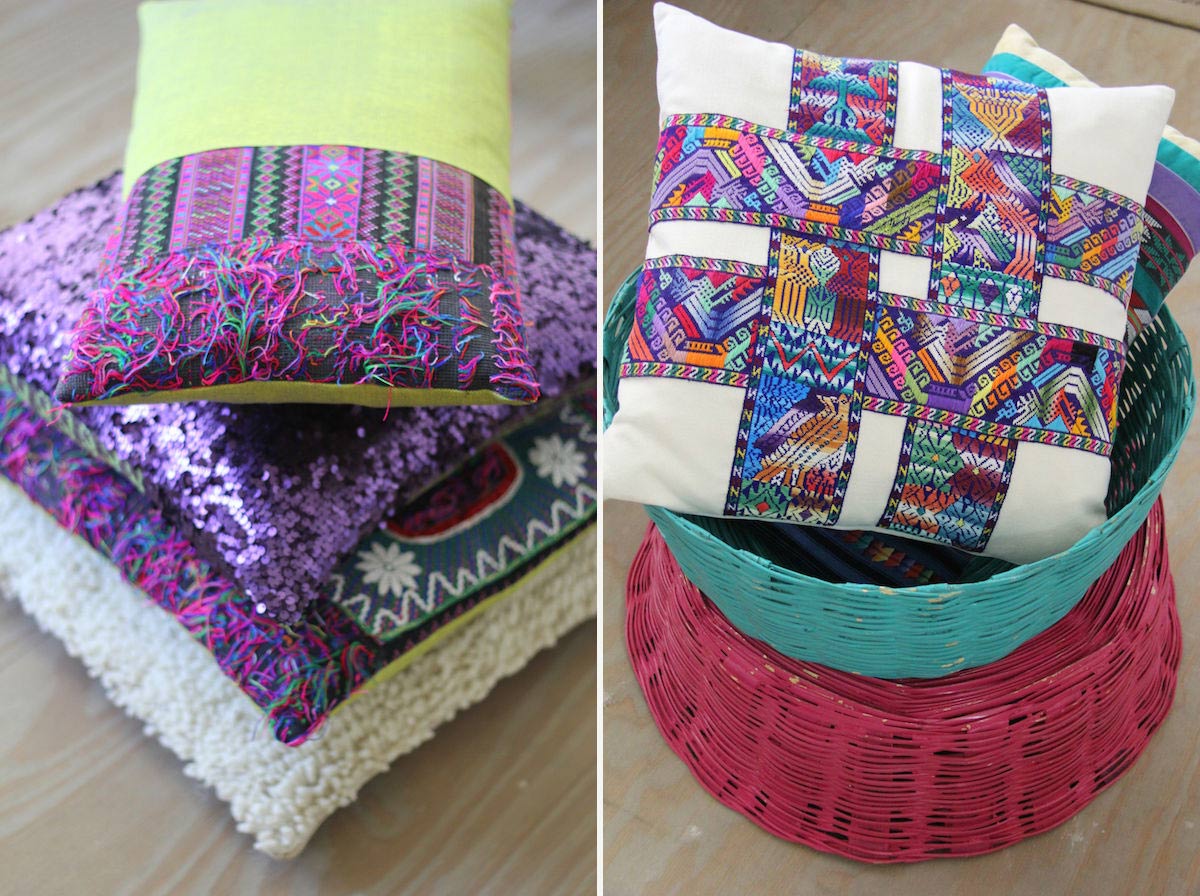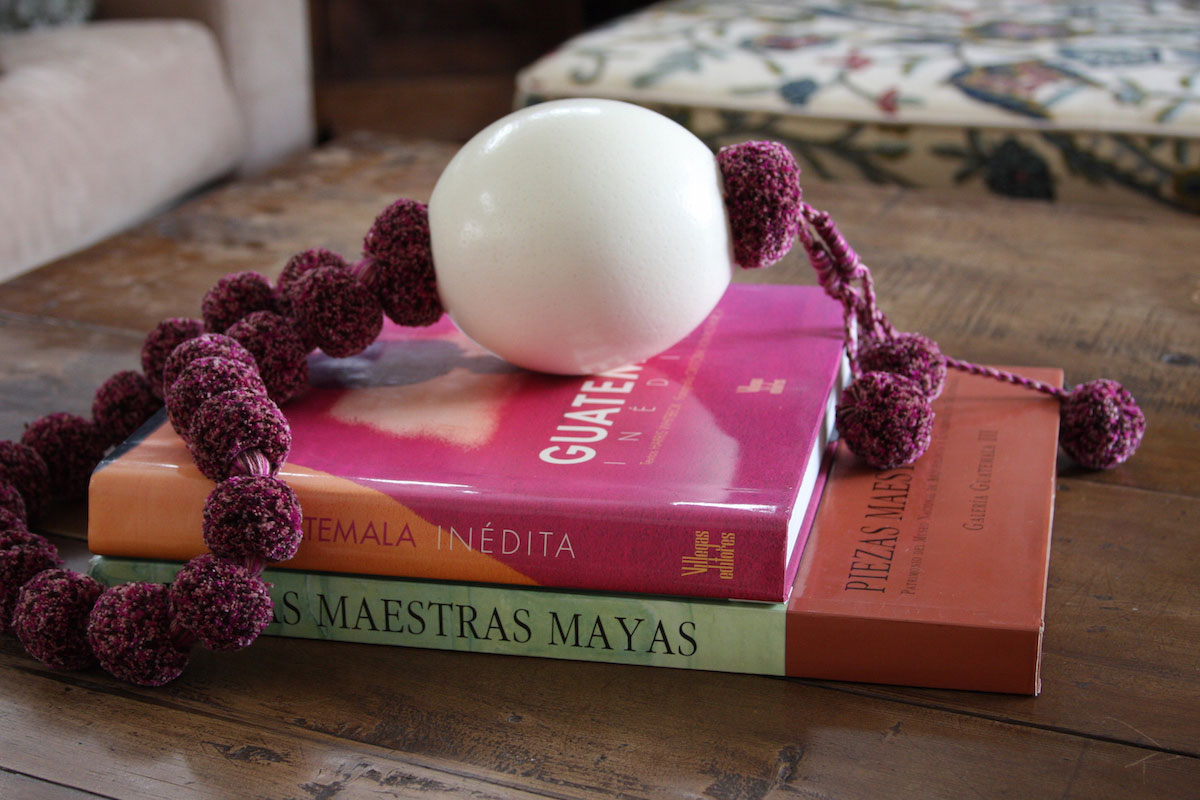Lorenza Filati Homeware
Reinterpreting patterns and colors of traditional Guatemalan crafts for charming decor


Despite its very Italian name, Lorenza Filati is a Guatemalan homeware brand that reinterprets indigenous materials in modern ways. Founder Lorena Figueroa says that she chose an Italian brand name upon noting that “names from other countries were selling well” in Guatemala. She picked one that also plays off her own initials. It was a labor born of insomnia—initially Figueroa spent her late nights painting ostrich eggs. The birds had “adapted well” to the climate, says Figueroa, who started incorporating the eggs in tassels and tie-backs, and soon after looked to expand her line with materials more native to Guatemala.

The fabrics used in Lorenza Filati’s placemats and pillows are all repurposed from the skirts and blouses (huipiles) woven by the indigenous women of Guatemala. These are Pre-Hispanic textile traditions, often carpeted with intricate embroidery. From these riotous patterns, Figueroa eyes elements that “get along together” and visually links design traditions, using pattern and color as guides in seaming adjacent panels. It is a joyful exercise for Figueroa who will turn a huipil inside out in some of her pieces, using the back of the fabric for the pleasure of “watching the threads play.”

No two pieces are exactly alike as every textile is unique—a work initially created by a woman to dress herself or her family. The materials are purchased during jaunts through the markets of Antigua and Lake Atitlan. Figueroa is adept at taking what is abundant at the markets—paper flowers, worry dolls, antique farm coins, burlap coffee sacks, fresh water pearls —and removing elements from their original purpose. Assembled in her Guatemala City studio, products use simple geometries and playful details to redraw the focus to textures, patterns and colors suited to modern interiors.

Figueroa has advice for the burgeoning culture of makers, advice that certainly reflects her own path: “Do whatever keeps you awake at night. When I began in 2008, most people thought of ethnic products as something cheap: souvenirs, highly accessible.” Her work has since garnered an international presence. Figueroa points to the growing community of artists around Lake Atitlan and a young crafting culture seeking to reimagine indigenous materials in new ways. “Today, there is a growing interest in heritage and national pride.”
Lorenza Filati homeware and accessories are currently sold via Etsy.
Images courtesy of Lorenza Filati












